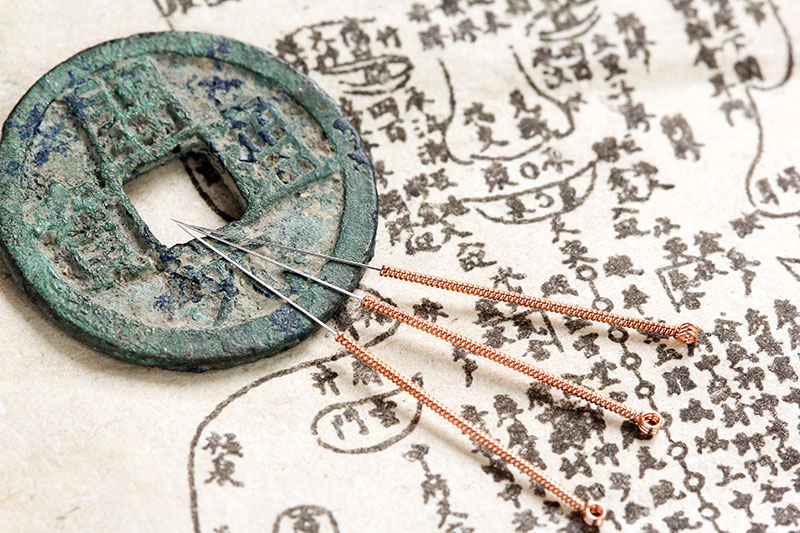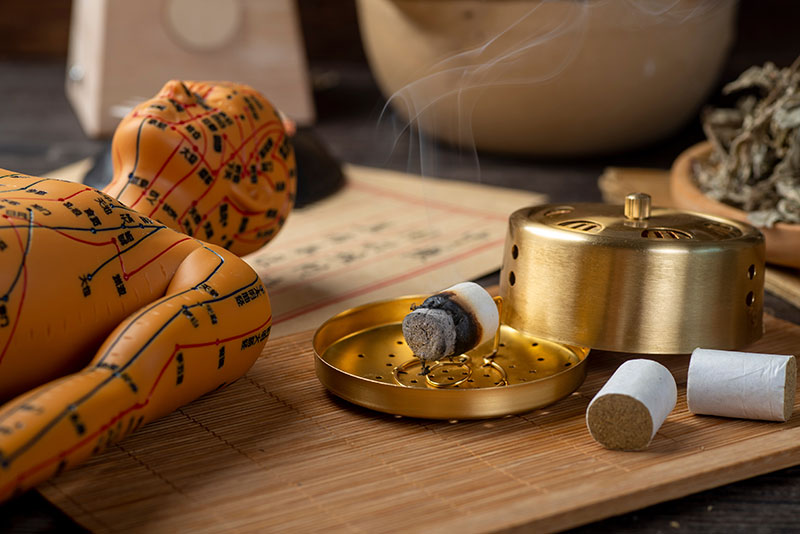Acupuncture involves placing very thin filiform needles into specific areas of the body to facilitate the movement of Qi. Typically, after an initial assessment that involves an initial intake, observation of the tongue, and other physical characteristics (complexion, skin texture, posture, etc.), palpation of the pulse, abdomen, extremities, and areas of pain and discomfort, the practitioner then chooses specific channels or meridians to manipulate with the intention of facilitating a positive response. Generally, the client is left to rest and focus on the body for 20-30 minutes.
Other aspects of a treatment sometimes include a TDP lamp, which is an infrared heat lamp that provides deep, penetrating heat into areas of pain and/or weakness.
Gua Sha is also common. It involves using a small, often flat tool to scrape areas of the body in an attempt to draw out deep stagnations, or “Sha.”
Cupping, which involves glass (or sometimes plastic) cups, is also used to dredge out stagnations. Cupping is particularly helpful in accelerating the healing of torn, injured muscles.
Moxibustion involves the burning of the herb Ai Ye (Mugwort) in various forms – either directly on the skin with a barrier of some sort to prevent burning, rolled and placed on the end of a needle, or even burned and held above the skin to warm an area of the body. Moxa can also be placed in a metal container, wrapped in cloth, and placed on specific areas of concern.


